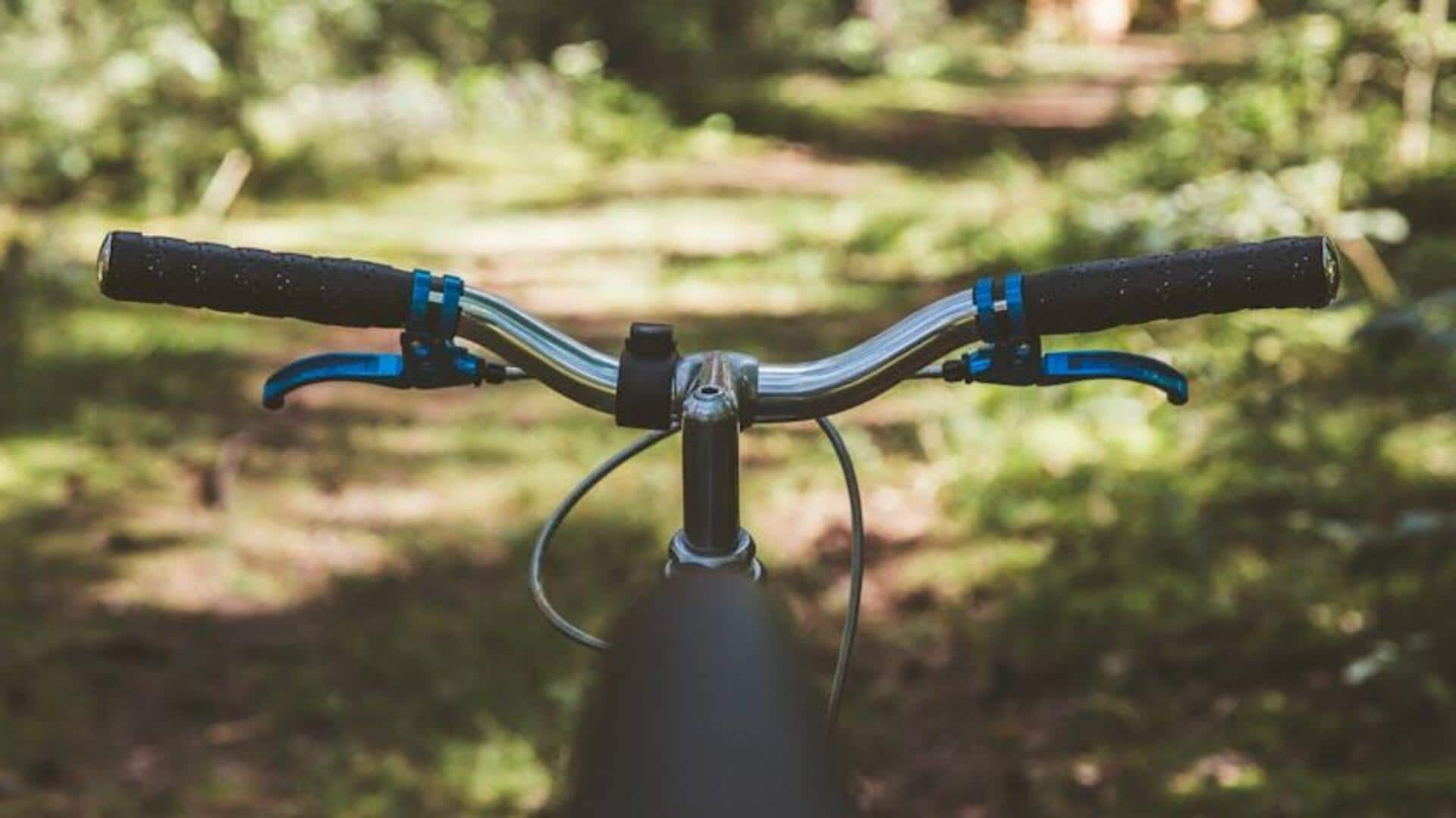
Cycling through Madagascar's Baobab Avenue: A guide
What's the story
Madagascar's Baobab Avenue is a one-of-a-kind destination that promises an unforgettable biking adventure. The iconic stretch of road, flanked by towering baobab trees, makes for a stunning backdrop for cyclists wanting to explore the natural beauty of Madagascar. Not only is the avenue a visual delight, but it also serves as an opportunity to soak in the local culture and environment.
Route planning
Planning your bike route
Start your bike route along Baobab Avenue from Morondava, which can be reached by road. The avenue, which is approximately 260 meters long, is ideal for a day trip. Including nearby attractions such as Kirindy Forest can make your trip even more rewarding. Carry a reliable map or GPS device, as you may find signs to be sparse.
Timing tips
Best time to visit
The ideal time to visit Baobab Avenue is during the dry season from April to November when the weather is conducive for biking. During this time, the temperatures remain moderate and there is little to no rain making it perfect for outdoor activities. Early morning or late afternoon rides provide cooler weather as well as softer lighting for photography lovers.
Gear checklist
Essential gear for the journey
Before heading out for your bike adventure, make sure you are well-equipped with essential gear such as a sturdy mountain bike that can navigate uneven terrain. A helmet is paramount for safety, along with gloves and protective eyewear. Take enough water and snacks as amenities are scarce along the way. A basic repair kit, including spare tubes and tools, will keep mechanical issues at bay.
Community engagement
Interacting with local communities
While biking through Baobab Avenue, take time to interact with local communities residing nearby. Engaging with locals gives you insights into their way of life, traditions. Supporting small businesses through purchases of handmade crafts or refreshments contributes positively to their economy. Always approach interactions respectfully by learning basic greetings in Malagasy language if possible.